Discover how Inti Labs' cutting-edge fertility tech products and services support clinics, professionals, and patients throughout the reproductive journey.
From embryo analysis to personalized IVF tools, we’re advancing fertility care with precision and innovation.
Discover Fertility SolutionsIn every step of your IVF Journey, Inti Labs is committed to improving your chances of pregnancy through truly innovative solutions.
Evaluate egg quality and obtain vital insights for fertilization and freezing using OPAL, developed alongside Dr. Barry Behr of Stanford University.
Advance your pre-implantation genetic testing with Embryo46, merging PGT-A, Uniparental Disomy detection, and ploidy status.
Personalize embryo transfer timing and eliminate mock cycles with ora®, the first and only non-invasive endometrial receptivity test.
Inti Labs is dedicated to refining the fertility journey, with less invasive and more accurate testing solutions that enable more successful IVF outcomes.
Inti Labs collaborates with clinics, distributors, and medical professionals to deliver IVF solutions designed to support fertility specialists in caring for their patients.
Inti Labs designs unique and highly accurate tests that undergo rigorous validation, reducing the likelihood of additional treatment cycles while enhancing the overall patient experience.
Inti Labs is committed to supporting patients and families along their IVF journey, empowering them to ask the right questions and make the most informed decisions at each stage of their journey.
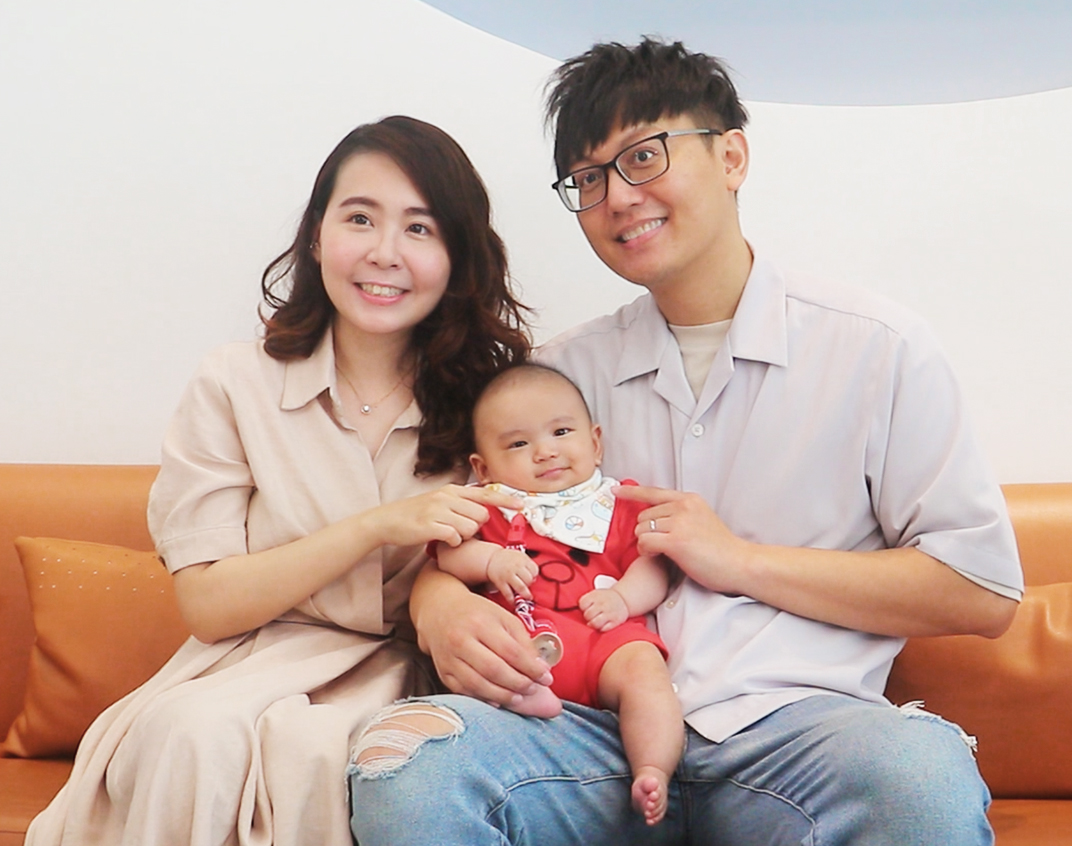
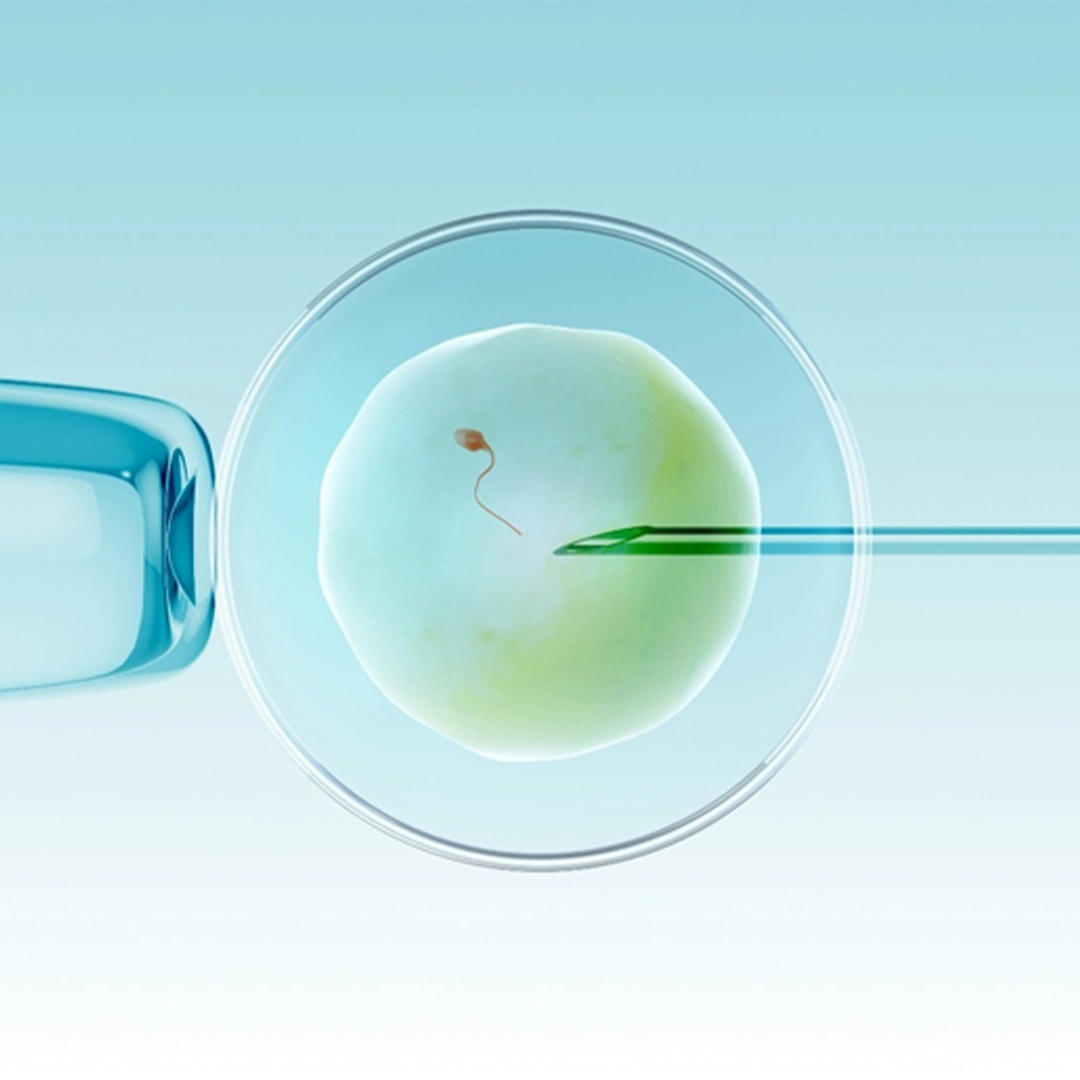
Description: The reproductive-related PanelChip® that analyses microRNA expression profiles could identify the optimal timing for embryo transfer with an accuracy of 93.9%, a sensitivity of 85.3%, and a specificity of 92.4%, showing a high promise of utilizing miRNA-based platform in precisely identifying the optimal timing for embryo transfer in endometrial tissue samples.
Published: March, 2024
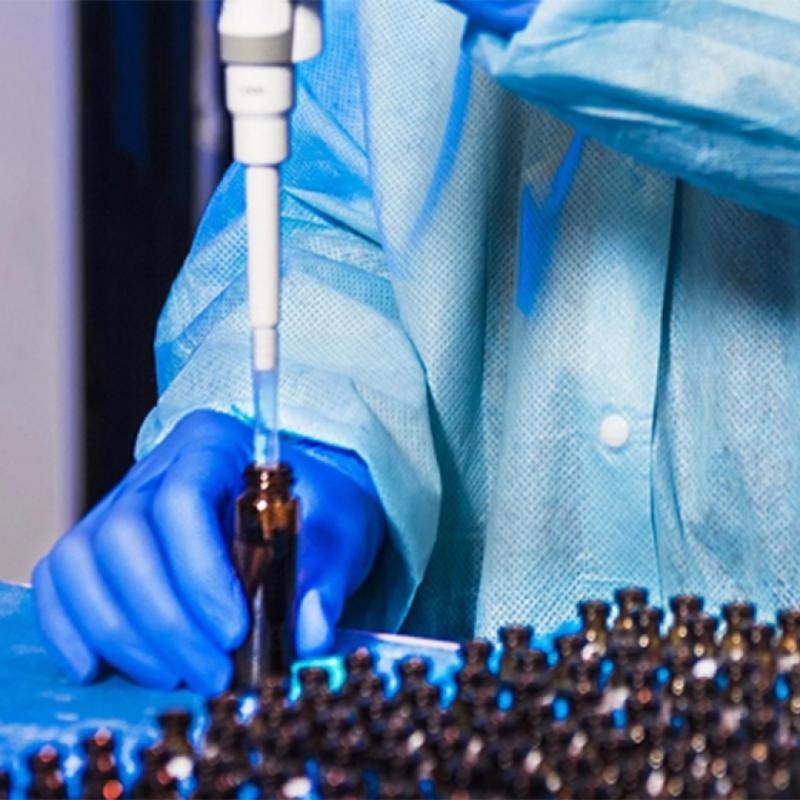
Description: MicroRNA expression profiles from blood samples offer a non-invasive means to distinguish the three endometrial receptivity statuses. Our model from this study achieved an overall prediction accuracy of 95.9% in this regard.
Published: December, 2023

Description: Our results demonstrate the potential of utilizing specific endometrial miRNAs as diagnostic biomarkers for predicting repeated implantation failure due to displaced window of implantation. The reproductive disease-related PanelChip we developed exhibited an accuracy exceeding 90% in predicting patients’ displaced window of implantation.
Published: April, 2021
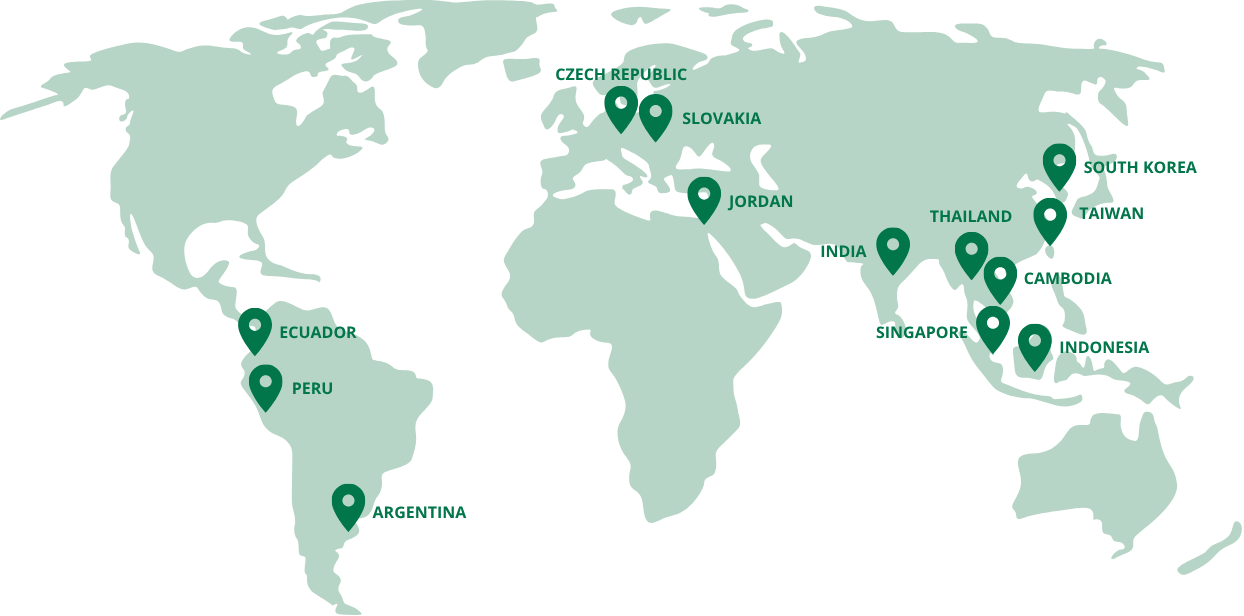
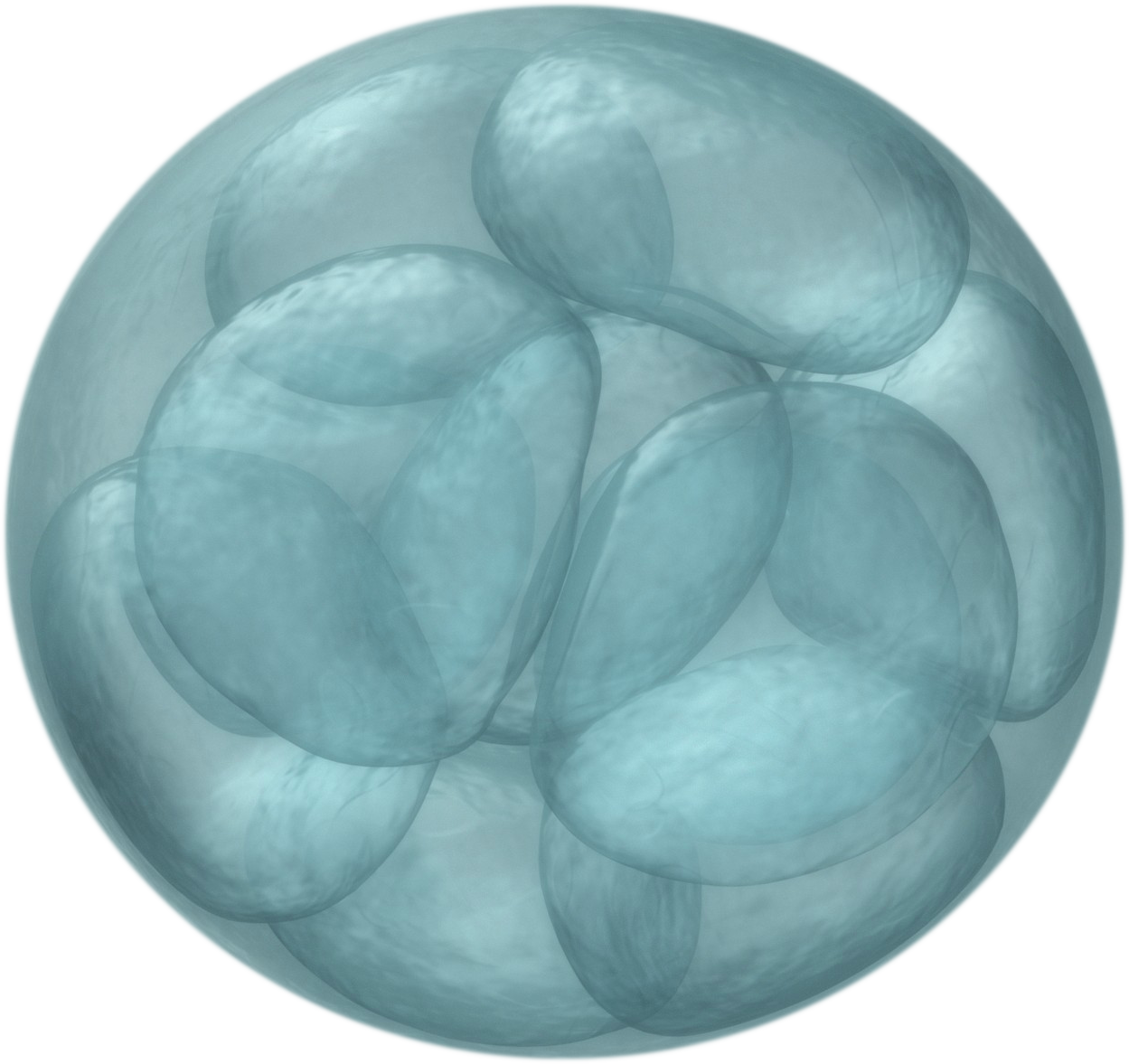
Embryo quality is crucial for pregnancy success in IVF, and chromosomal normality is directly linked to embryo quality.
Chromosomal abnormalities can be identified through Preimplantation Genetic Testing for Aneuploidy (PGT-A), formerly known as Preimplantation Genetic Screening (PGS).
By combining traditional PGT-A chromosome counting with SNP analysis, Embryo46 delivers deeper insights through the addition of ploidy status and UPD evaluation.
ora® analyzes endometrial gene expression to identify your unique implantation window helping improve the chances of a successful transfer.
Discover how personalized timing can make all the difference in your fertility journey.
ora® Reserve allows you to prepare for the possibility of multiple IVF cycles. In the event of implantation failure, ora® Reserve lets you rapidly determine (through ora® testing) if a displaced WOI might have been a contributing factor.
You will also receive personalized recommendations on the timing of future embryo transfers.

ora® analyzes microRNA biomarkers in the blood, eliminating the need for invasive tissue biopsies and providing a comfortable experience for your patients.

With a predictive accuracy of over 95%, ora® reliably determines the window of implantation, enabling precise timing for embryo transfer.

ora® Reserve, our sample storage service, allows for same-day blood sample collection, ensuring readiness for analysis in case of failed implantation. This streamlined process can eliminate mock cycles and maximize efficiency.
Opal helps identify the highest-quality eggs after egg retrieval, giving you better insights to improve IVF success.
By predicting which eggs have the best chance to develop into healthy embryos, Opal supports smarter decisions throughout your fertility journey.
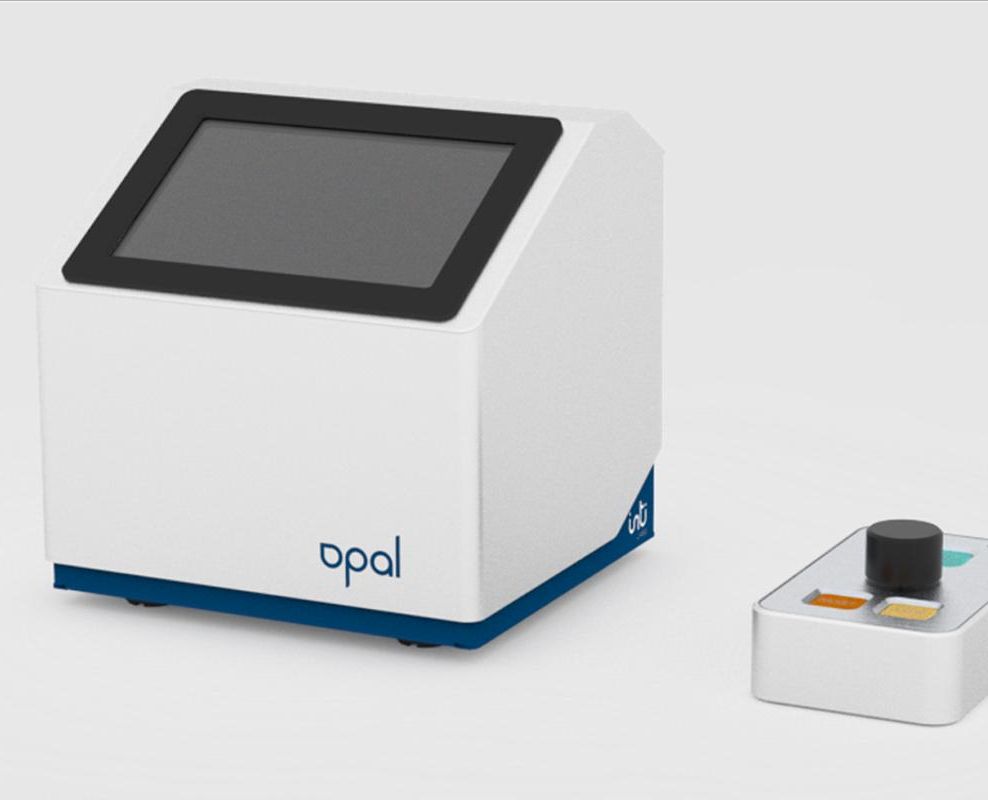
Explore our IVF blog for expert answers, helpful tips, and guidance throughout